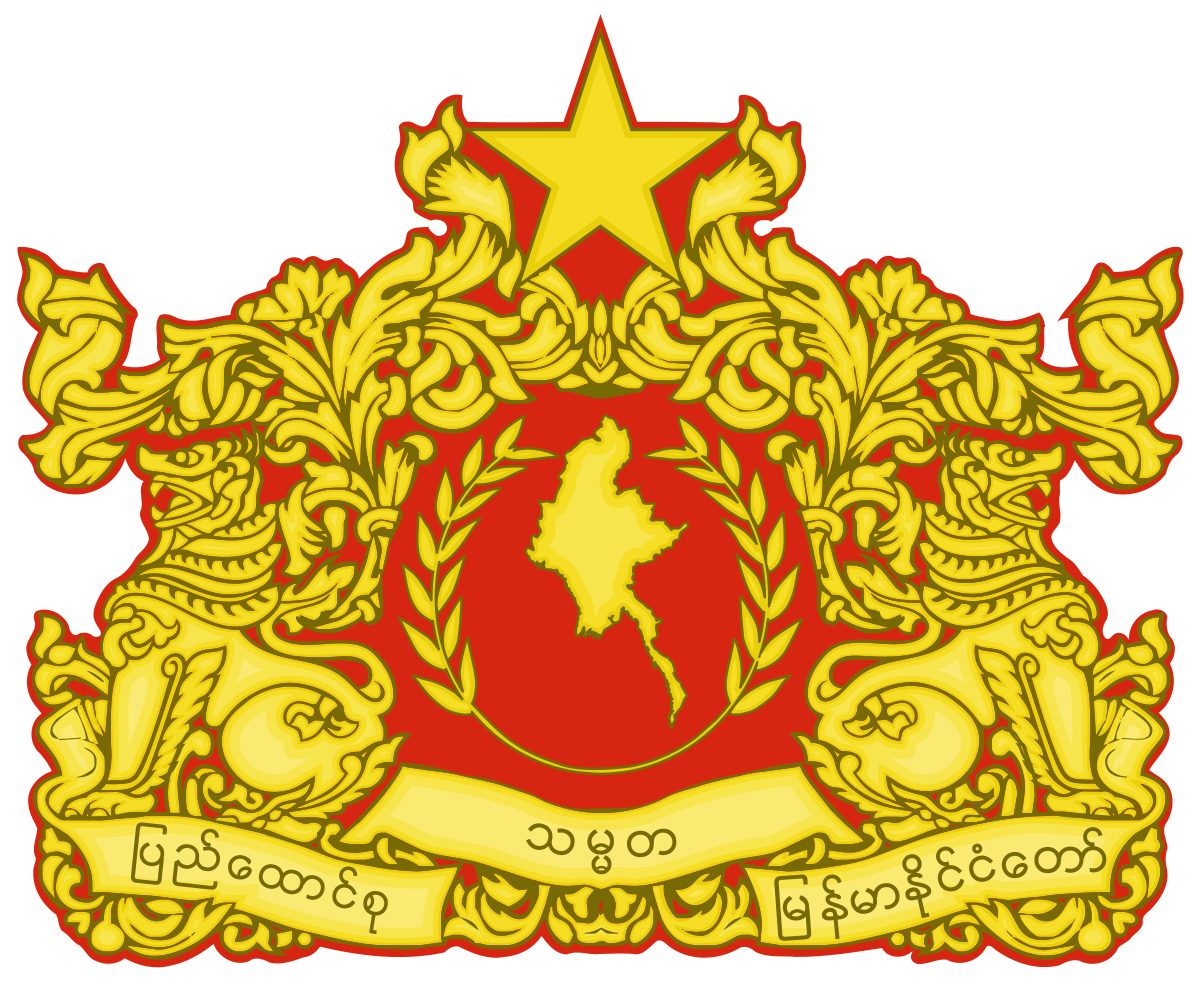Central Bank
Central Bank of Myanmar
Background History of Central Bank of Myanmar
The Union Bank of Burma was established on 3rd April 1948 by the Act of Union Bank of Burma 1947 and took over the functions of the Yangon branches of the Reserve Bank of India. It did not have the full power of a central bank. In 1st July 1952, the Union Bank of Burma Act was enacted. In accordance with this Act Burma Currency Board was abolished and the Union Bank of Burma Act, 1952, conferred on the Union Bank of Burma all the usual functions of a central bank. The Union Bank of Burma was opened at the corner of Merchant Road and Sule Pagoda Road and had a sole right of currency issue. It was transferred from the Burma Currency Board to the newly created Currency Department of the Union Bank of Burma with effect from 1st July, 1952.
The Union Bank of Burma was established with an authorized capital of 40 million Kyats and a paid-up capital of 10 million Kyats by the Government. The People’s Bank of the Union of Burma Act was enacted in 1967 and a monolithic bank known as the People’s Bank of the Union of Burma was established in 1969 with the initial paid-up capital of 200 million Kyats that was fully contributed by the State.
On April 1, 1976, the Union of Burma Bank had 930 total staff strength, comprised of 85 officials and 845 staff. On April 9, 1981, the State Council allowed to expand the staff strength of the Central Bank’s staffs to 1333, comprised of 100 officials and 1233 staff. Due to the increase in banking activities, on 28, December, 1989, the State Law and Restoration Council permitted to expand the Central Bank of Myanmar organization structure which had 1656 staff strength, comprised of 151 officials and 1505 staff. The central bank activities were carried out by six departments namely Administration Department, Currency Department, Accounts Department, Internal Audit & Bank Supervision Department, Research & Training Department and Security Department.
On December 23, 1992, due to the necessity of foreign currency management, Ministry of Planning and Finance allow the Central Bank of Myanmar to establish the Foreign Exchange Management Department and took over the functions of foreign currency management from the Myanma Foreign Trade Bank.
On March 27, 1996, the Central Bank of Myanmar was moved to the No. 26, Settmu Road, Yankin Township, Yangon. With the approval of the Ministry of Finance and Revenue, the Central Bank of Myanmar established the Bank Regulation Department on 1st January 2001 so as to scrutinze and issue various instructions and directions for inspection to review bank compliance with AML/CFT requirements like other market-oriented economies.
Head office of the Central Bank of Myanmar was moved temporarily to Building No. 26 in Nay Pyi Taw on (26-1-2006) and expanded its organizational structure. It has one Head office in Nay Pyi Taw and one branch office each in Yangon and Mandalay. In this context, the Central Bank of Myanmar’s staff to increase 1522 of which 181 are officials and 1341 are staff. The Head office of the Central Bank of Myanmar was moved again to Building No. 55, in Nay Pyi Taw on 1st October, 2010.
Vision and Mission
The aim of the Central Bank is to control the price stabilities in domestic market and to preserve the internal and external value of the Myanmar Currency, the kyat. In accordance with its aim, the Central Bank also endeavor to attain such objectives so as to promote efficient payments mechanisms, and the liquidity, solvency, and proper functioning of a soundly based financial system and to foster monetary, credit and financial conditions conductive to the orderly, balanced, and sustained economic development.
The main responsibilities of the Central Bank of Myanmar
(a) to act as to role issuer of domestic currency and as a banker to the Government;
(b) to act as an adviser to the Government in respect of economic matters;
(c) to inspect and supervise the financial institutions;
(d) to act as a banker for the financial institutions;
(e) to manage the international reserves of the State and to perform the transactions resulting from the participation of the State in intergovernmental organization and to undertake all the responsibilities in the name of the Government in dealing with the aforesaid organizations on behalf of the Government.
Organization
Head office of the Central Bank of Myanmar was moved temporarily to Building No. 26 in Nay Pyi Taw on (26-1-2006) and expanded its organizational structure. It has one Head office in Nay Pyi Taw and one branch office each in Yangon and Mandalay. In this context, the Central Bank of Myanmar’s staff to increase 1522 of which 181 are officials and 1341 are staff. The Head office of the Central Bank of Myanmar was moved again to Building No. 55, in Nay Pyi Taw on 1st October, 2010. In accordance with this aim the organization body of Central bank of Myanmar needs to expand the staff strength. On 8 November 2012, the cabinet approved the CBM’s organization chart to expand the staff strength to 2525, comprised of 494 officials and 2031 staffs. The following 7 departments have carried out the Central Bank functions-
- Governor's Office
- Administration and Human Resources Development Department
- Monetary Policy Affairs and Financial Institutions Regulation Department
- Financial Institutions Supervision Department
- Accounts Department
- Foreign Exchange Management Department
- Currency Management Department
Website Address
Exchange Rate
www.forex.cbm.gov.mm



